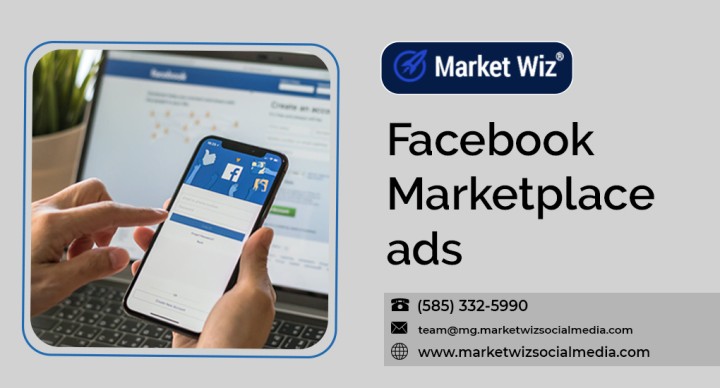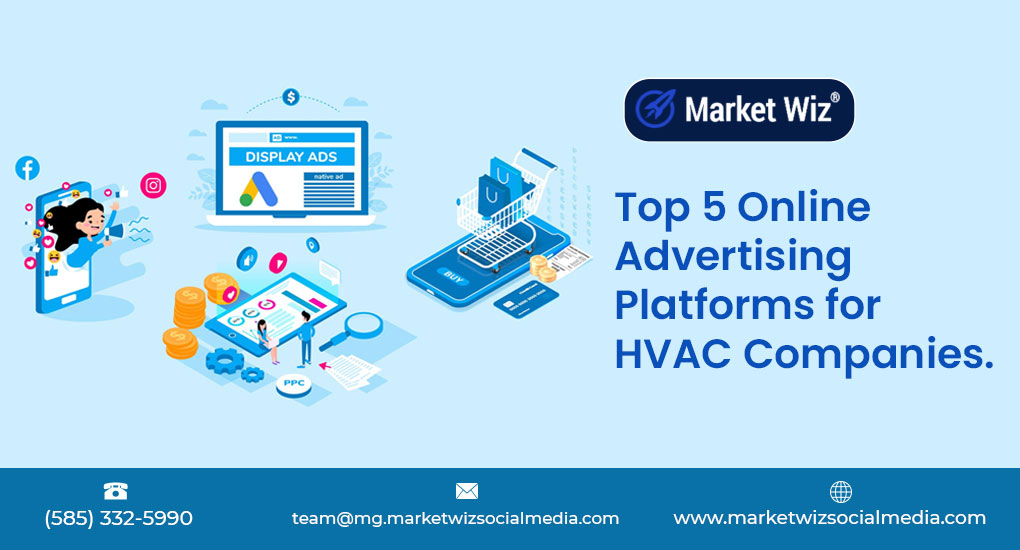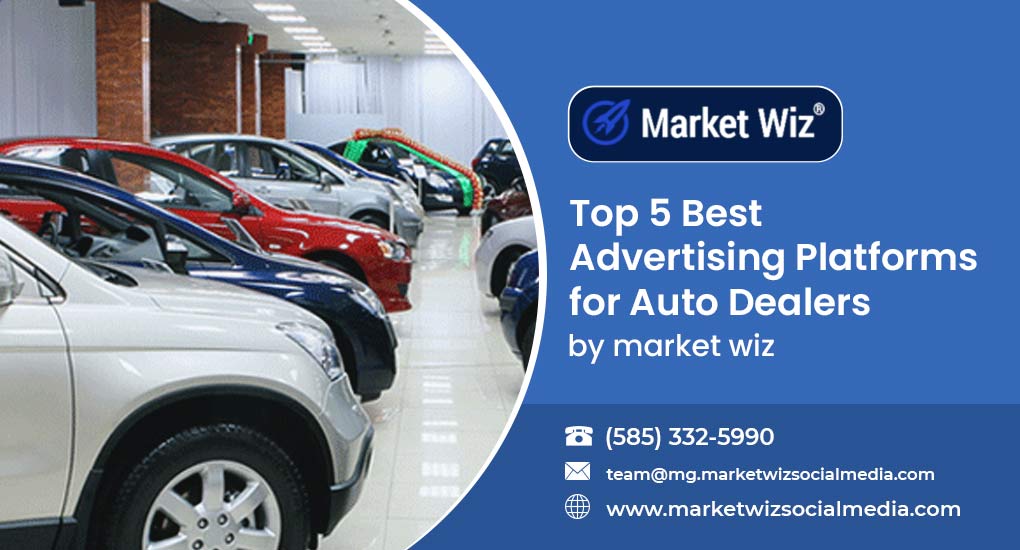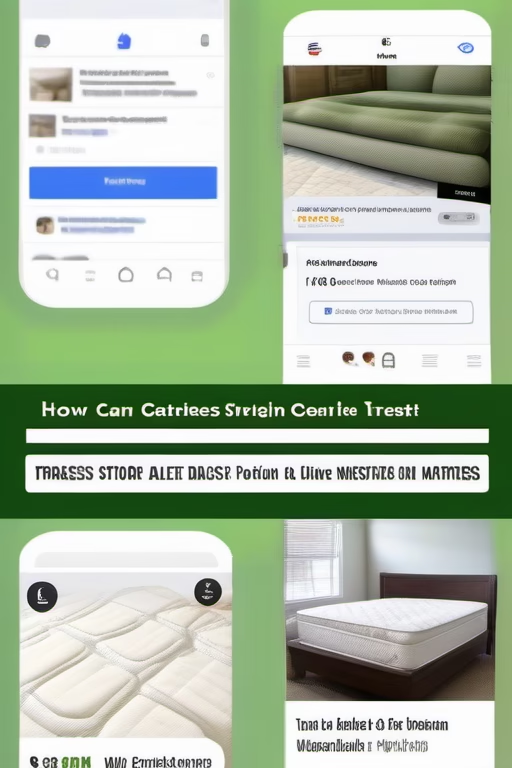Get Found on Google Without a Website
DIY Online Visibility by Market Wiz AI
Table of Contents
- Introduction: Get Found on Google Without a Website
- 1. Why It Matters
- 1.1 Shifting Consumer Habits
- 1.2 Cost-Effective Visibility
- 2. Harness Google Business Profile
- 2.1 Claim & Verify
- 2.2 Optimize Categories & Attributes
- 2.3 Leverage Google Posts & Q&A
- 3. Leverage Local Directories & Citations
- 3.1 Yelp, Bing Places, Apple Maps
- 3.2 NAP Consistency Tools
- 4. Optimize Social Media Profiles
- 4.1 Facebook & Instagram
- 4.2 LinkedIn & Twitter
- 5. Drive Customer Reviews & Ratings
- 6. Content Without a Website
- 6.1 Google Docs & Medium
- 6.2 YouTube & Podcasts
- 6.3 SlideShares & Infographics
- 7. Paid Visibility Options
- 7.1 Google Ads & Local Services Ads
- 7.2 Social Media Ads
- 8. Tracking & Analytics
- 9. Conclusion & Next Steps
- 25 FAQs
- 25 Extra Keywords
Introduction: Get Found on Google Without a Website
Get Found on Google Without a Website is not a myth—it’s a strategy. In the age of instant information, you can rank in search results and capture leads using free tools like Google Business Profile, local directories, and social platforms. This guide lays out the exact steps to claim your spot on page one and drive real inquiries, all without building a traditional website.
1. Why It Matters
1.1 Shifting Consumer Habits
Today’s consumers expect immediate answers. Over 60% of mobile searches have local intent—many never click past the search results page. By showing up in maps and directory snippets, you capture customers before they need a site.
1.2 Cost-Effective Visibility
Web development can be expensive and time-consuming. Leveraging no-cost or low-cost platforms lets small businesses and solopreneurs compete for attention without large budgets or ongoing maintenance.
2. Harness Google Business Profile
2.1 Claim & Verify
Search for your business on Google, claim the listing, and complete verification by postcard, phone, or email. Verification unlocks advanced features crucial for visibility.
2.2 Optimize Categories & Attributes
Select precise categories and fill in attributes like “wheelchair accessible” or “offers curbside pickup.” The more complete your profile, the higher it ranks for relevant searches.
2.3 Leverage Google Posts & Q&A
Publish weekly posts about offers, events, or tips. Answer common questions in the Q&A section proactively to guide searchers straight to you.
3. Leverage Local Directories & Citations
3.1 Yelp, Bing Places, Apple Maps
List your business on major directories—Yelp, Bing Places, Apple Maps—using consistent NAP (Name, Address, Phone) details. These citations reinforce your legitimacy in Google’s eyes.
3.2 NAP Consistency Tools
Use services like Moz Local or Yext to scan and sync your listings automatically, ensuring uniform information across the web.
5. Drive Customer Reviews & Ratings
Positive reviews signal trust and relevance. Ask satisfied customers via SMS or email to leave Google reviews. Respond promptly—thank happy reviewers and address concerns—to maintain momentum.
6. Content Without a Website
6.1 Google Docs & Medium
Create detailed guides or FAQs on Google Docs and publish them as “Public.” Share the link in your GMB posts. Alternatively, post articles on Medium tagged with your location.
6.2 YouTube & Podcasts
Host how-to videos or local-interest podcasts. Optimize titles and descriptions with your business name and city, and include a call button or contact link.
6.3 SlideShares & Infographics
Upload location-specific infographics to SlideShare and LinkedIn. These assets rank in image and document search, driving discovery.
7. Paid Visibility Options
7.1 Google Ads & Local Services Ads
Run Search and Local Services Ads targeted to your zip code. These ads appear above organic results, delivering immediate visibility without a website destination—use click-to-call extensions.
7.2 Social Media Ads
Promote your social profiles on Facebook or Instagram with location-based targeting. Ads can drive phone calls directly via “Call Now” buttons.
8. Tracking & Analytics
Monitor call volume through GMB Insights and call-tracking numbers (e.g., CallRail). Use UTM parameters on links in posts to see which channels drive the most inquiries.
9. Conclusion & Next Steps
Get Found on Google Without a Website is entirely achievable. By optimizing your Google Business Profile, leveraging directories, social platforms, and creative content channels, you can capture leads and calls without building a site. Follow this roadmap, track your metrics, and iterate weekly to dominate local search.
25 Frequently Asked Questions
1. Can I rank on Google without a website?
Yes—by optimizing Google Business Profile, directories, and social profiles, you can appear in local searches and maps.
2. What is a Google Business Profile?
A free listing that displays your business details in Google Search and Maps, essential for local visibility.
3. How do I verify my listing?
Google sends a postcard, call, or email with a code—enter it in your GMB dashboard to verify.
4. Do reviews matter without a website?
Absolutely—reviews drive trust in local listings and influence ranking in the map pack.
5. Which directories should I use?
Start with Yelp, Bing Places, Apple Maps, YellowPages, and industry-specific sites relevant to your niche.
6. How often should I post on GMB?
At least once a week to signal activity and keep your profile fresh in Google’s algorithm.
7. Can I use Medium or LinkedIn instead of a site?
Yes—publish location-specific articles and link back to your GMB or social profiles.
8. How do UTM parameters help?
They let you track which posts or ads drove traffic and calls in Google Analytics.
9. Are call-tracking numbers necessary?
They provide precise attribution for phone calls, showing which campaigns are most effective.
10. Can I run Google Ads without a website?
Yes—use call-only campaigns and Local Services Ads to drive phone inquiries directly.
11. How do I maintain NAP consistency?
Use tools like Moz Local or manually audit your listings quarterly to ensure uniform details.
12. Do social media profiles need location info?
Yes—fill out address fields and use location tags to improve discoverability on those platforms.
13. What keywords should I target?
Include your service plus location (e.g., “plumber Denver”) in profiles and directory descriptions.
14. How do I embed maps without a site?
Share a direct Google Maps link on your social profiles or in your GMB posts.
15. Can podcasts boost local SEO?
Yes—optimize episode titles and descriptions with local keywords to appear in search results.
16. What is UGC in this context?
User-generated content like reviews and photos, which enhance your listing’s credibility and relevance.
17. Should I use schema markup?
For website-free strategies, focus on structured data in Google Docs or Medium where supported, but main schema applies on owned sites.
18. How do I handle multiple locations?
Create separate GMB listings and directory entries for each location with accurate NAP details.
19. Are virtual tours helpful?
They increase engagement and dwell time on GMB, signaling activity to Google.
20. How do I respond to negative reviews?
Address concerns promptly, offer solutions, and invite unhappy customers to discuss offline.
21. Can I automate these tasks?
Yes—tools like Market Wiz AI can schedule posts, monitor listings, and alert you to reviews.
22. What metrics indicate success?
Phone call volume, map-pack impressions, click-to-call rate, and direction requests.
23. How long before I see results?
Initial improvements often appear within 2–4 weeks; full impact in 2–3 months of consistent effort.
24. Do I need a website eventually?
A website adds depth, but these tactics suffice for lead generation until you scale to a full site.
25. Where can I learn more?
Visit Market Wiz AI’s blog and resource center for detailed tutorials, case studies, and video guides.
25 Extra Keywords
- Google discoverability without site
- GMB SEO no website
- local listings SEO
- Yelp optimization no site
- Bing Places visibility
- social media SEO
- Medium SEO local
- Google Docs ranking
- call-only ads
- Local Services Ads tips
- infographic SEO
- SlideShare local SEO
- call tracking tactics
- UTM tracking GMB
- NAP consistency tool
- review generation methods
- mobile local search
- location hashtags
- video SEO local
- podcast SEO local
- virtual tour engagement
- Geo-targeted posts
- Google Maps ranking
- directory citation audit
- DIY local SEO


















4. Optimize Social Media Profiles
4.1 Facebook & Instagram
Complete your business page with location details, categories, and call-to-action buttons. Regularly post local content and tag your city to boost discovery.
4.2 LinkedIn & Twitter
On LinkedIn, set your business location and industry. On Twitter, use local hashtags (#YourCityBusiness) and pin important updates to the top of your profile.